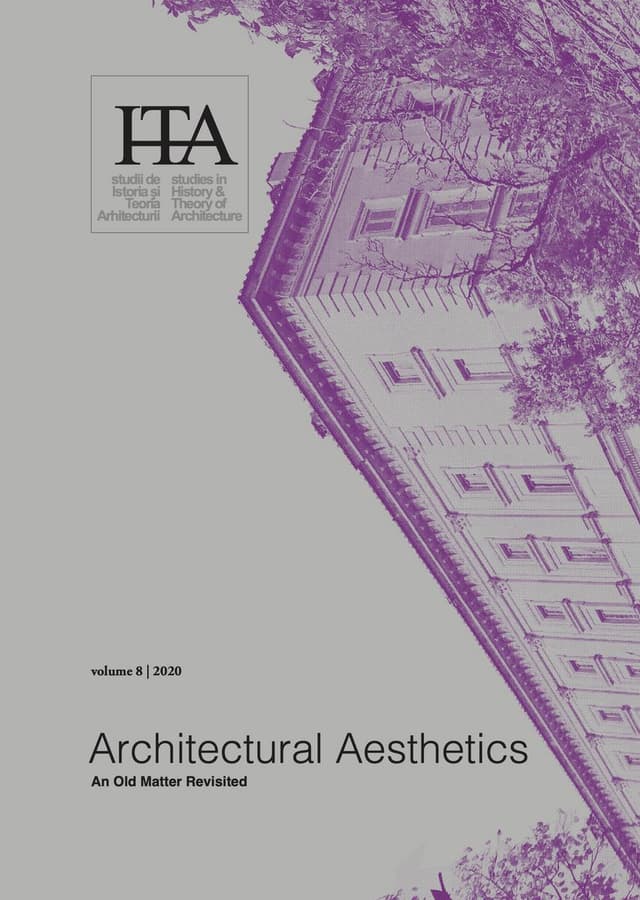Chinese Aesthetics and the Culture of Replica
by
Deniz Balık Lökçe
Keywords
Chinese aesthetics
replica
copy
visuality
scenery
Beijing
This article traces how the culture of replica is situated within Chinese architectural aesthetics. Given that Chinese aesthetics stems from the coalescence of Western aesthetics, Zen Buddhist philosophy, and power relations, the article develops a case for the replica and the authentic with a focus on the International Holiday Resort in Beijing, which consists of Gubei Water Town and Simatai Great Wall. Gubei is a replica town, whereas Simatai is preserved as one of the few authentic sections of the Great Wall from the Ming Dynasty.
The article argues that Chinese architecture uses replica as an aesthetic concept, and that the delimitation of the replica and the authentic is a cultural and social construct. From the Western perspective, in this holiday resort, the border where the artificial public space ends and the site of genuine artefacts begins becomes blurry. Being commodified and commercialized as entertainment and spectacle, the water town is consumed as a visual effect and a fabricated atmosphere. Yet for Zen, replica is neither kitsch nor deception, since universal energy is transmitted through all animate beings and inanimate objects. In the water town and the Great Wall, traditional aesthetic experiences shaped by ritualistic practices, daily activities, sensuality, and contemplation shift to momentary and commercial experiences in high demand. The site turns into an interface between reality and representation, where image prevails over architecture and fiction permeates history.
Published in

Chicago citation style
DOI:
10.54508/sITA.8.17